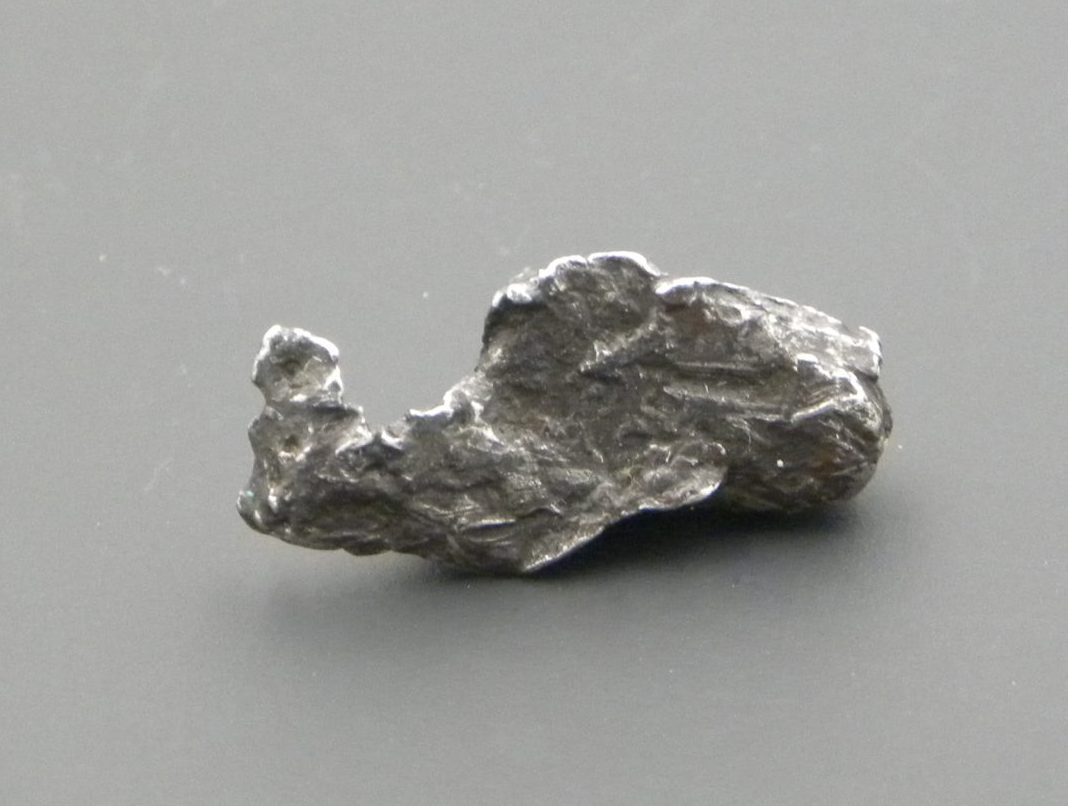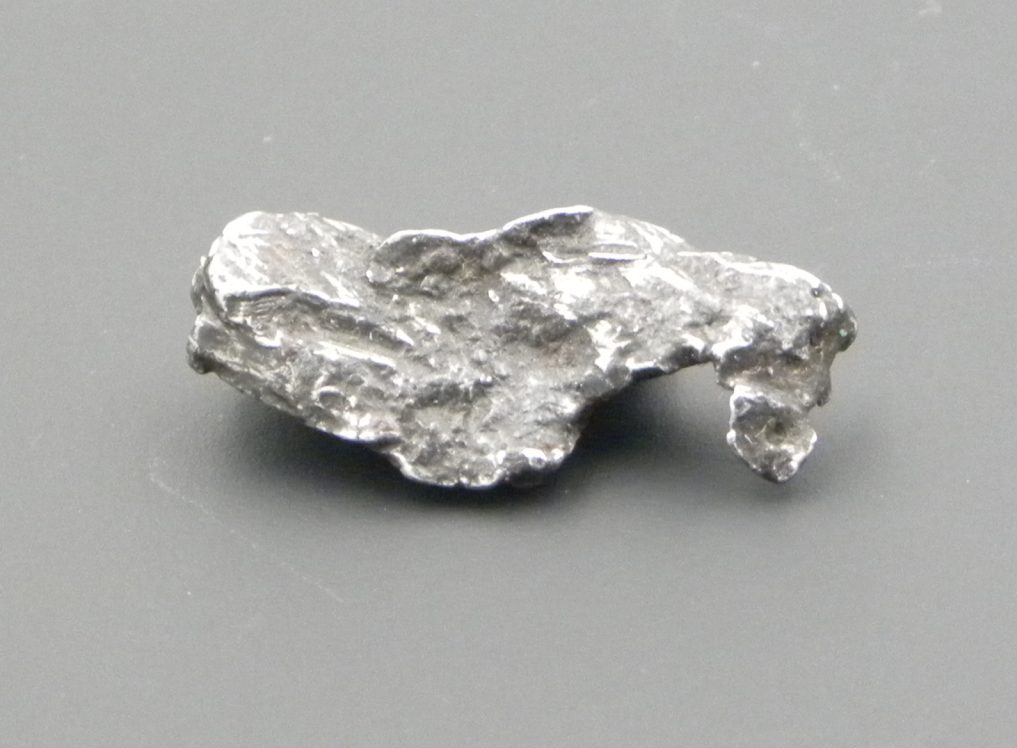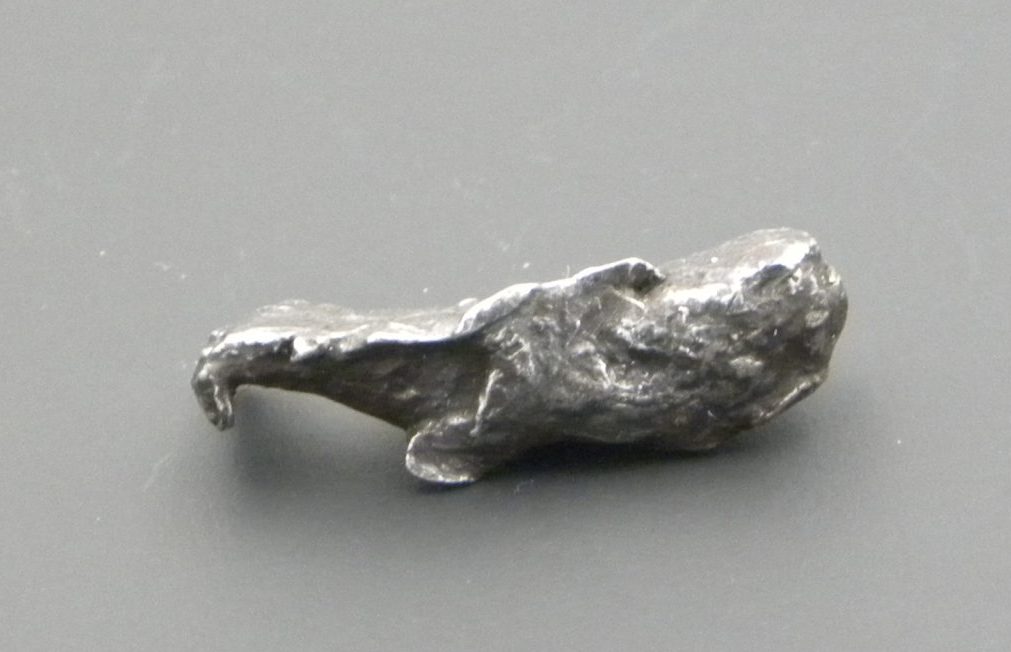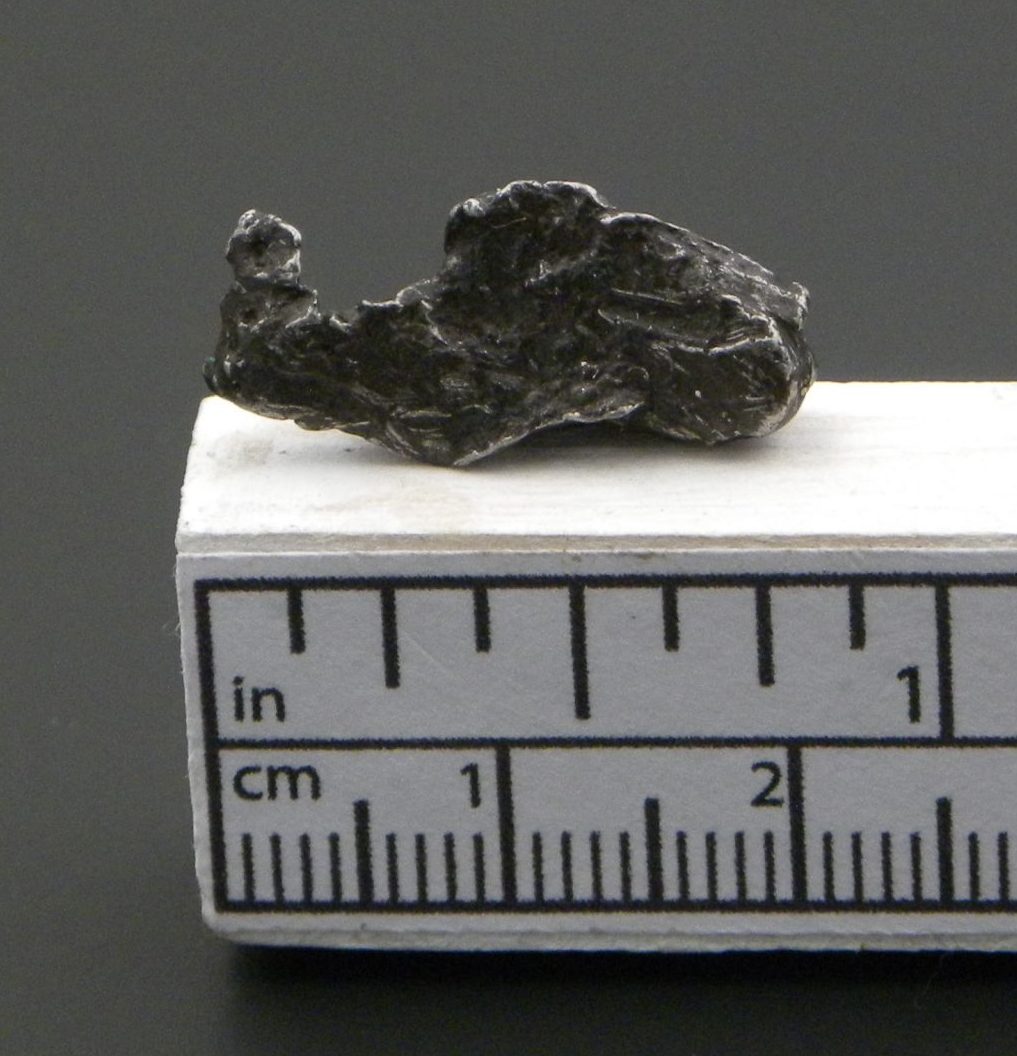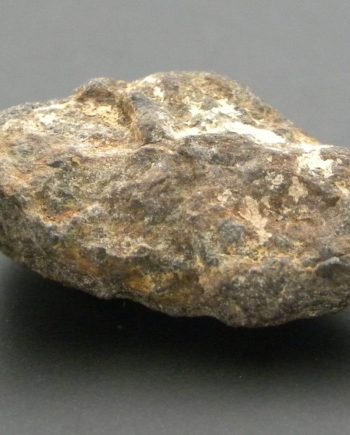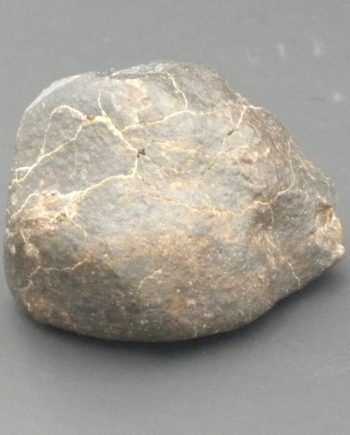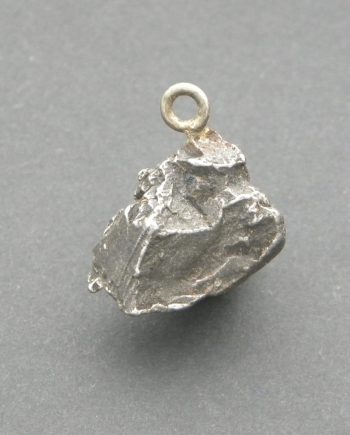Description
Meteorite Fragment from the Campo del Cielo, Nickel-Iron Meteorite
This is a fragment of the Campo del Cielo, Nickel-Iron Meteorite. This fragment although small is from an iconic meteorite impact nearly 450 years ago. This is a Meteorite that struck Chaco Province, Northern Argentina between 4000 and 6000 years ago. It originated in the Asteroid Belt between Jupiter and Mars. Early Spanish explorers first heard of its existence in 1576 from the Native Indians. The Indigenous Indians thought that it had fallen from Heaven, hence the name ‘Campo del Cielo’. When it fell to earth it broke up resulting in a series of craters in the southwestern part of the strewn field. This famous meteorite is highly sought after, this would make a fascinating addition to anyones collection.
The three principle groups of meteorite; the Chondrites, the Achondrites, and the Iron Meteorites.
Iron Meteorites represent only 5% of all meteorites. These consist of iron-nickel alloys, including Kamacite and taenite. Rarer still are the stony-iron meteorites, these consist of iron-nickel metal and silicate minerals. These however make up only 1% of all meteorites found.
Chondrite Meteorites get their name from chondrules, these are the small round particles of silicate material inside. They do contain iron but a smaller quantity compared to other meteorites. These are some of the oldest known rocks in the solar system, formed within the solar nebular 4.5 billion years ago. When new meteorites are located they are given a name, to identity them.
Achondrites differ from chondrite meteorites because they don’t contain chondrules. These meteorites are igneous, so at some time they have melted into magma. These are also ancient rocks originating from various asteroids. A small number however appear to have come from the Moon and also from the planet Mars.
Back To Meteorites


